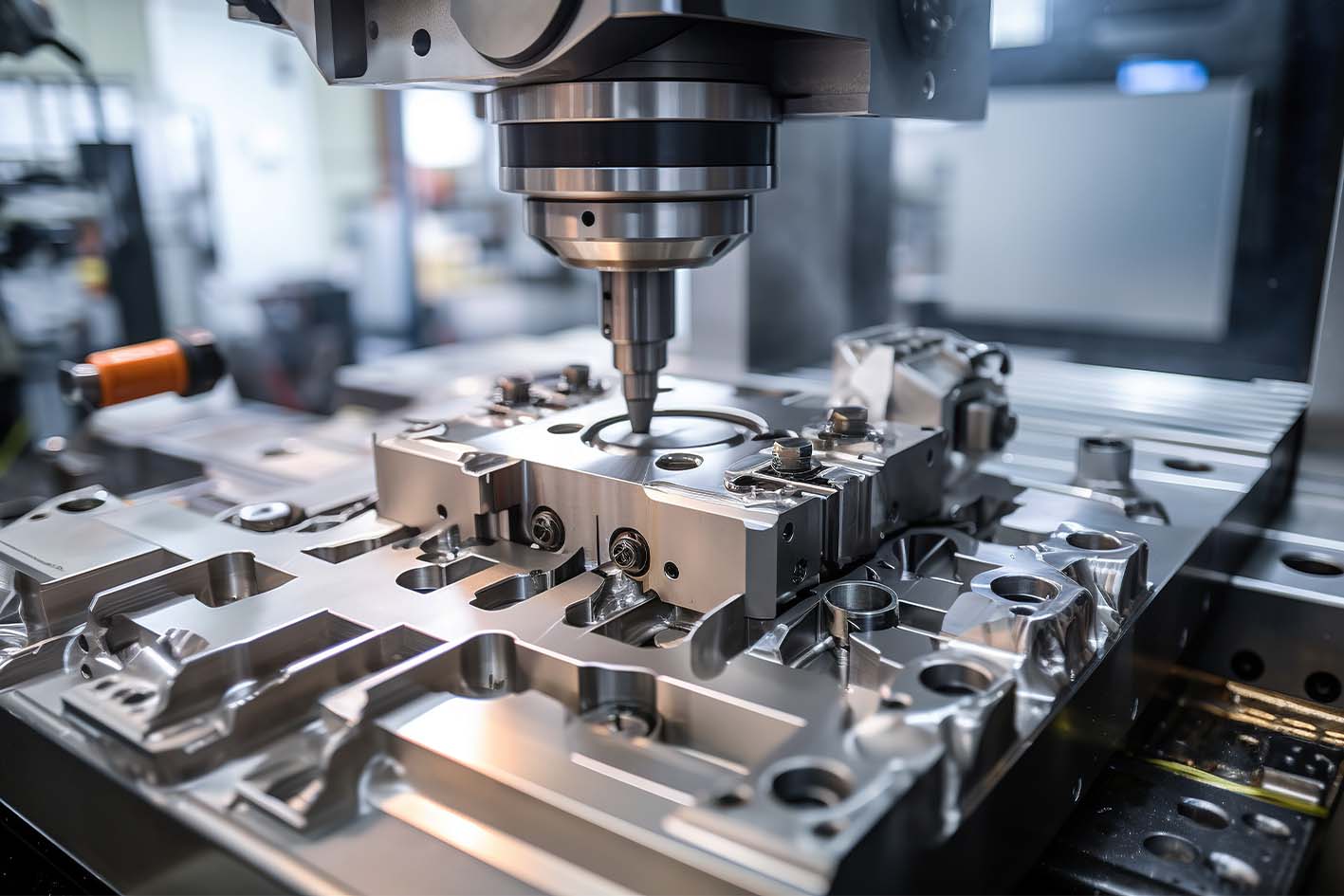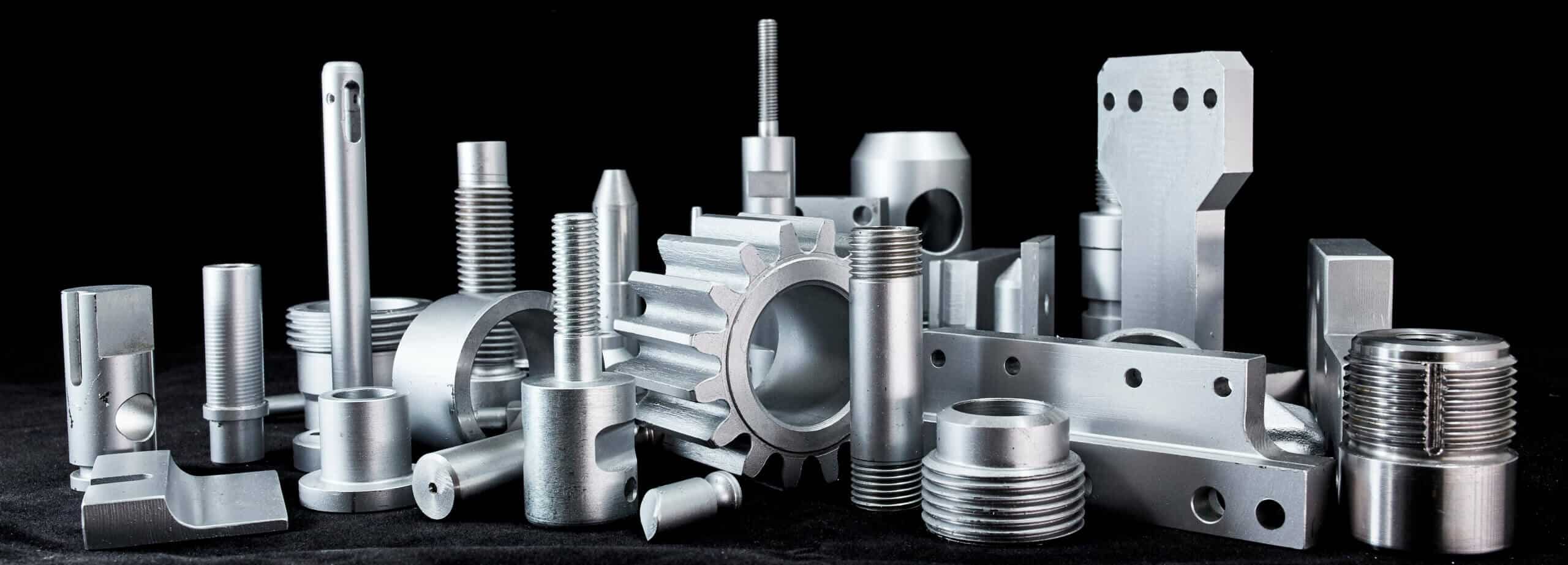Revealing the Details of Fasteners and Machining Procedures for Optimal Efficiency
In the realm of design and manufacturing, the choice of fasteners and the intricacies of machining processes play an essential function in establishing the best efficiency and longevity of an item. From the apparently straightforward task of picking the right sort of fastener to the complex accuracy machining methods employed, every step in this procedure demands careful interest to detail. As we embark on this exploration into the globe of fasteners and machining, we will certainly reveal the refined yet crucial factors that can considerably impact the performance and quality of the last item, clarifying the typically ignored elements that can make all the difference in attaining ideal efficiency.

Relevance of Proper Bolt Option
Picking the ideal bolts is crucial in guaranteeing the architectural stability and longevity of any kind of mechanical assembly. Fasteners play a basic function in holding components together firmly, with the right selection adding substantially to the overall performance and integrity of the setting up. When choosing fasteners, elements such as material compatibility, ecological conditions, load-bearing capability, and ease of installation must be carefully thought about to guarantee ideal efficiency.
Improper fastener option can bring about a variety of problems, consisting of helping to loosen, corrosion, and also architectural failure. Utilizing bolts that are not suited to the certain needs of the setting up can jeopardize its functionality and pose safety and security dangers. Consequently, designers and designers must diligently review the application needs and select fasteners that meet or go beyond the essential standards and specs.
Furthermore, the proper fastener choice procedure involves examining the joint layout, anticipated tons, vibration degrees, and possible thermal growth or contraction to make certain that the chosen bolts can endure the operating conditions efficiently. By prioritizing correct bolt selection, manufacturers can enhance the quality, durability, and efficiency of their mechanical settings up.
Kinds and Features of Fasteners
A crucial aspect of mechanical assemblies lies in understanding the diverse kinds and unique features of bolts made use of in different industrial applications. Fasteners are crucial elements that hold structures with each other, ensuring security and performance.
Screws are threaded bolts that are typically made use of to join 2 or more parts with each other. Bolts are comparable to screws yet are generally used with a nut to produce a protected joint. Nuts are inside threaded bolts that mate with screws to hold elements with each other. Washing machines are slim plates that disperse the lots of a fastener, protecting against damages to the product being fastened. Rivets are permanent fasteners that are hammered or pushed right into place. Pins are utilized for placement or to safeguard components momentarily.
Comprehending the characteristics of each sort of bolt is crucial for selecting the right one for a certain application, guaranteeing optimal efficiency and integrity of the mechanical setting up. Fasteners and Machining.
Precision Machining Strategies for Effectiveness
The detailed design demands of various fasteners require utilizing precision machining strategies for ideal effectiveness in producing processes. One of the primary techniques utilized in accuracy machining is Computer Numerical Control (CNC) machining, which makes it possible for high degrees of accuracy and repeatability in the production of bolts.
In addition to CNC machining, other precision methods such as grinding, milling, and turning are typically used to attain the tight tolerances required for fasteners. These methods allow manufacturers to create fasteners with smooth surfaces, accurate measurements, and high structural integrity. By making use of precision machining strategies, suppliers can boost the high quality of fasteners, reduce material waste, and boost overall production effectiveness. The usage of sophisticated machining processes helps guarantee that fasteners satisfy sector requirements and client assumptions for efficiency and integrity.

Factors Affecting Machining Process Efficiency
Numerous variables play a significant function in figuring out the efficiency of machining procedures in the manufacturing of bolts. The very first important aspect is the selection of reducing tools. Selecting the appropriate devices based upon the material being machined, wanted surface, and cutting rates can greatly affect find out here now the effectiveness and high quality of the machining procedure. In addition, the reducing parameters such as cutting speed, feed price, and depth of cut are essential variables that affect performance. Fasteners and Machining. Optimizing these criteria based upon the specific demands of the fastener being generated is essential to attaining affordable and exact machining.
Maker rigidness and stability likewise play an essential function in identifying machining process performance. A well-informed operator can make real-time changes, troubleshoot issues efficiently, and guarantee that the machining process runs smoothly, eventually website link impacting the last top quality of the fastener.

Quality Assurance Procedures in Production
Factors influencing machining process performance, such as cutting device choice and device stability, directly influence the application of quality assurance actions in manufacturing. Quality control procedures are necessary in making certain that items fulfill the needed specs and criteria. In the production process, various techniques are utilized to preserve quality criteria. Inspection and testing play an essential role in determining any type of inconsistencies from the wanted result. Regular upkeep of machining equipment is additionally vital to maintain quality control. Calibration of tools and makers is needed to make certain exact and accurate production processes. Additionally, executing standardized operating procedures and methods can assist in preserving consistency and top quality throughout the assembly line. Quality assurance determines not only concentrate on the end product yet additionally on every phase of the manufacturing process to stop problems and mistakes. By sticking to rigid high quality control actions, makers can enhance consumer satisfaction, build a credibility for dependability, and eventually achieve ideal efficiency in their machining procedures.
Final Thought
In conclusion, picking the appropriate bolts and utilizing precision machining techniques are essential for optimum performance in making procedures. Recognizing the kinds and characteristics of fasteners, along with aspects influencing machining process efficiency, can bring about improved efficiency and quality assurance actions. By paying attention to these complexities, makers can accomplish greater degrees of performance and reliability in their items.
In the realm of design and manufacturing, the option of fasteners and the complexities of machining processes play a pivotal function in figuring out the best efficiency and resilience of an item (Fasteners and Machining). One of the key strategies used in accuracy machining is Computer system Numerical Control (CNC) machining, which allows high levels of accuracy and repeatability in the production of fasteners. The use of advanced machining processes check here helps guarantee that bolts fulfill market requirements and client expectations for performance and integrity
In verdict, selecting the appropriate fasteners and using precision machining techniques are vital for optimum performance in manufacturing processes. Recognizing the kinds and characteristics of bolts, along with factors influencing machining process efficiency, can lead to improved efficiency and quality control actions.